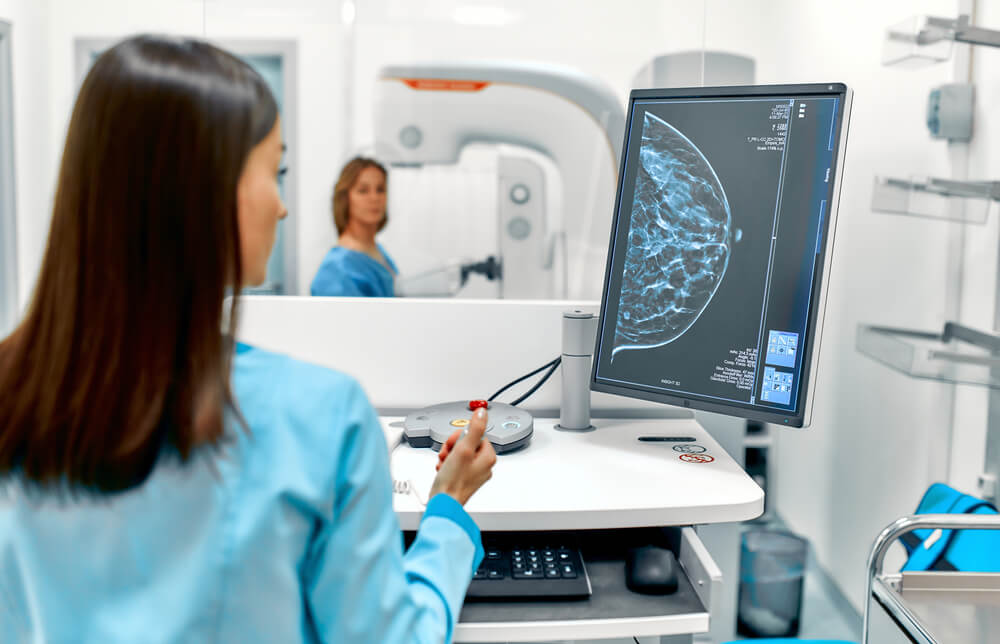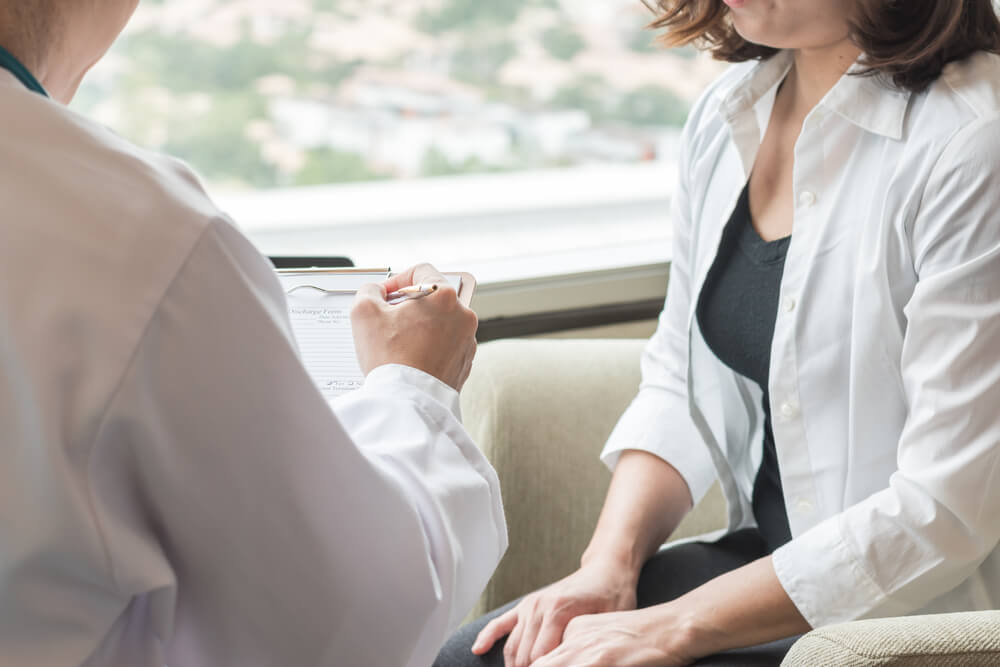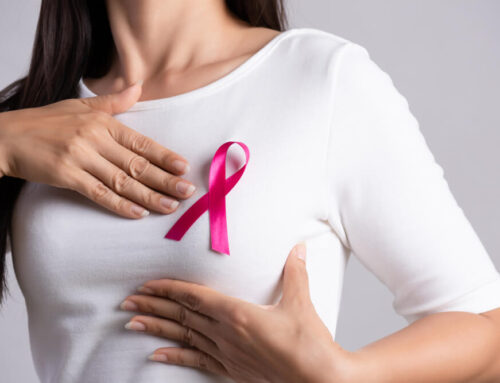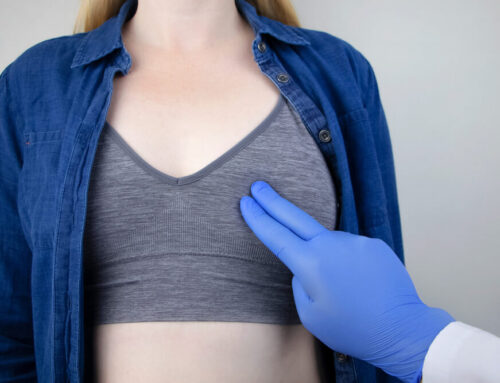A lumpectomy is a common treatment for breast cancer that involves the removal of cancer cells. This procedure differs from a mastectomy, as it attempts to preserve your breasts’ natural look and shape following cancer. If you or a loved one need to undergo a lumpectomy and don’t know what to expect, this article is ideal for you. This article outlines and explains everything you must know about a breast lumpectomy, including what to expect from the procedure and the healing process. By the end of this article, you will be more informed and knowledgeable about this treatment method for breast cancer. Keep in mind that this blog is meant for informational purposes only. If any of the mentioned symptoms do not resolve on their own, or if they reoccur, please seek medical attention as soon as possible at your primary care physician or with our office. If you are looking for the best experts in the area, we recommend consulting with a breast surgeon in Wellington, FL, Palm Beach, Florida, West Palm Beach, FL.
That said, here is what you need to know about getting a lumpectomy.
Getting a Lumpectomy: The Term Defined
Patients who have breast cancer may require a partial mastectomy or a lumpectomy. This is a surgical procedure for breast cancer that involves the removal of a tumor and the normal margin of healthy breast tissue that surrounds it. According to healthcare professionals, a partial mastectomy is a surgery that helps conserve the breast. Namely, unlike a mastectomy (that involves the removal of the whole breast), a lumpectomy helps keep your breast’s natural look and shape. Often, after a partial mastectomy, patients will require breast tissue radiation. This is done to prevent the regrowth of breast cancer.
If you have any further questions or concerns related to the procedure or your health in general, don’t hesitate and contact Advanced Surgical Physicians. Consult with the best and receive expert treatment as soon as possible.
Who is an Eligible Candidate for a Lumpectomy?

Patients who fall into the following groups are eligible candidates for this surgical procedure:
- Patients with a tumor that is small compared to the size of the breast.
- Patients with cancer that affects only a single area of the breast.
- Patients who can complete radiation therapy.
- When the healthcare provider confirms that the patient will have sufficient remaining healthy tissue to reshape the breast following tumor removal.
However, not all patients are suitable candidates for a partial mastectomy. Make sure to consult with your healthcare professional to find out about your treatment options.
Who is Not an Eligible Candidate for a Breast Lumpectomy?
The healthcare professional will discourage a partial mastectomy for a few important reasons. For instance, if the patient has more than one tumor in a single breast or if the patient has large cancer, an alternative treatment method must be considered. Most patients will require radiation therapy after a partial mastectomy. If the patient wants to avoid radiation or if the healthcare provider discourages radiation therapy, this surgical procedure may not be the best option for you.
Healthcare professionals will recommend avoiding radiation therapy if the patient is pregnant.
Radiation therapy might not be an option for you if you have the following:
- Inflammatory breast cancer.
- A medical condition that boosts your risk of adverse side effects associated with radiation therapy (such as lupus).
- A change or genetic mutation that increases your chances of reoccurring breast cancer.
Do I Need to Get Radiation Following a Breast Lumpectomy?
Yes, most patients need to undergo radiation therapy following a partial mastectomy. This destroys microscopic cancer cells that might remain after the procedure. Remember that radiation following surgery is a standard treatment option for patients dealing with breast cancer. According to experts, radiation following surgery will effectively treat cancer and preserve the natural feel and look of the breasts. Findings reveal that a lumpectomy and radiation therapy provides long-term survival rates similar to those who undergo a full mastectomy.
What to Expect Before a Breast Lumpectomy
Some details, such as the tumor’s location or size, will affect the end results. A healthcare professional will review the patient’s imaging with a trained radiologist. Next, the surgeon and the radiologist will design the surgical treatment, which aims to remove the whole cancer area.
Sometimes, if the tumor is very large, the surgeon will require the help of a reconstructive/plastic surgeon to perform an oncoplastic lumpectomy. This procedure allows for better nipple position, reshaping, and scar placement. Typically, an oncoplastic surgery involves surgery on the second, normal breast to match the other one’s size and volume.
You will want to discuss risk factors and benefits with your surgeon before the procedure. Talk about the lumpectomy scar, whether you need to do anything to prepare for the procedure, and what you can expect during recovery. Your healthcare professional will answer all of your questions in detail.
While you will likely have a lumpectomy scar, this should not concern you. It is best to see the lumpectomy scar as a symbol of defeating cancer.
Can I Get Local Anesthesia?
Usually, patients receive general anesthesia before the surgery so that they will be asleep. Sometimes, local anesthesia or moderate sedation may be an option.
How is a Breast Lumpectomy Performed?
Typically, a lumpectomy surgery is an outpatient surgery (the patient does not need to stay in the hospital to recover) and should be done in approximately one hour. Since breast cancer is not visible cancer, the healthcare professional will need to mark it before performing surgery.
During the procedure, the surgeon will remove the tumor and a margin of the patient’s healthy breast tissue. In most cases, you will receive medication to decrease post-surgery pain via an injection. When the procedure is finished, the expert will sew back the breast tissue with internal and dissolvable stitches.
Lumpectomy Recovery Time and What to Expect When Healing
There are a few things to remember when healing from a lumpectomy surgery. Here are some of the main things you must remember. Firstly, you may receive pain medication before you go back home. This medication will help relieve discomfort following the surgery. Your healthcare professional will advise you on how to look after the incision site, how often to change the dressing, and how much medication you should take. You will also learn how and when to begin practicing shoulder exercises (these can help you feel less stiff). There is no exact lumpectomy recovery time, as all patients are unique. Generally, most patients feel recovered within only two weeks following the surgery. To shorten the lumpectomy recovery time, it is essential to rest adequately.
Are There Any Risks or Complications?

All surgeries involve some risks. However, this surgical procedure is one of those that comes with minimal complications or risks. Of course, you will want to choose a reliable and highly-trained surgeon at a clean and trusted clinic. If you fail to choose the right professionals, you may experience complications such as bruising, lymphedema, or infection.
When Should I Talk With a Doctor?
Consult with a healthcare professional if you experience any of the following signs or symptoms:
- Redness and swelling
- Fluid build-up around or in your breast
- Pain or discomfort that doesn’t go away (or gets worse) following surgery.
Give Us a Call Today
You and your loved ones deserve the best treatment available. If you are ready to receive a proper diagnosis and top-quality treatment, reach out to our compassionate team of professionals. To get started today, contact Advanced Surgical Physicians.







